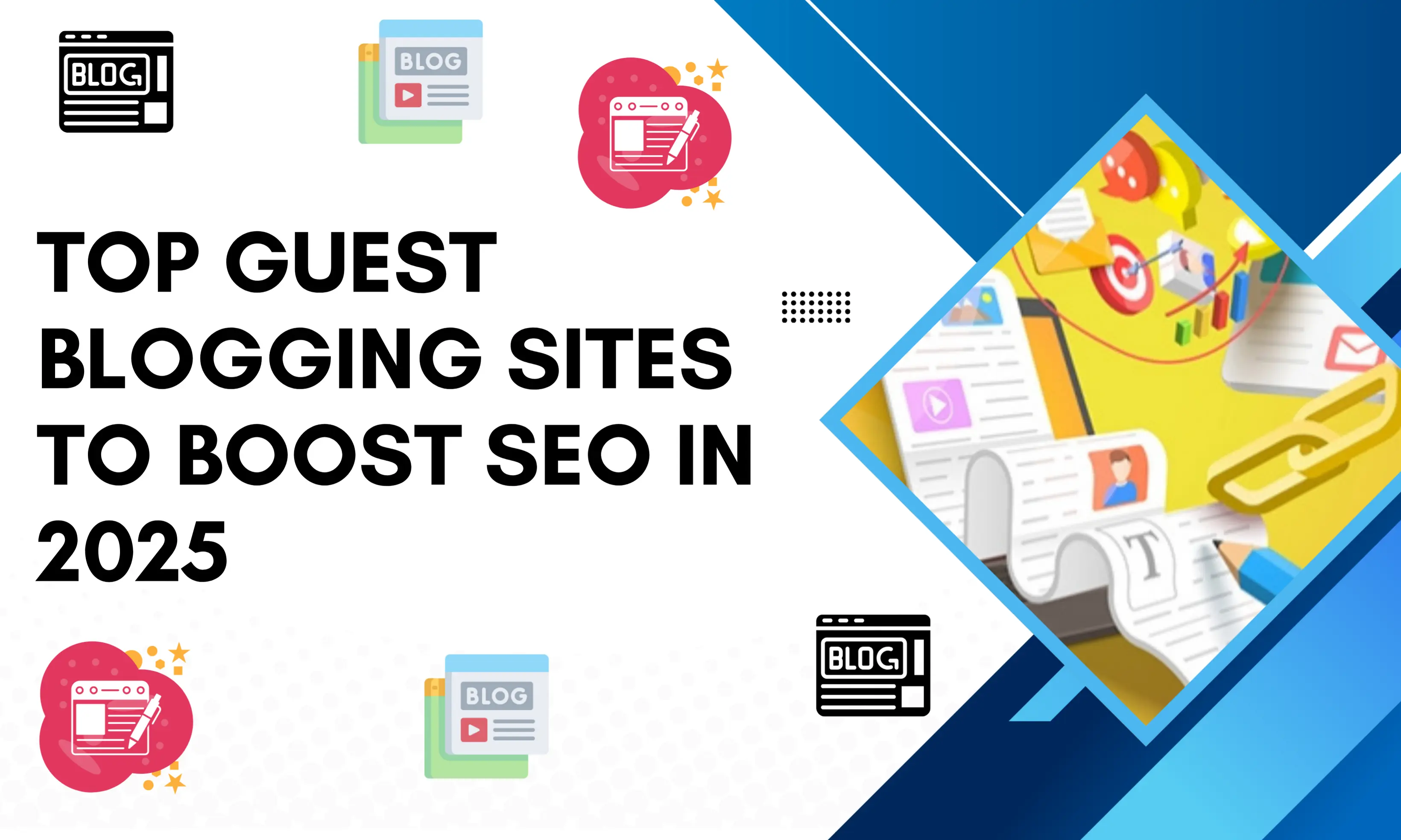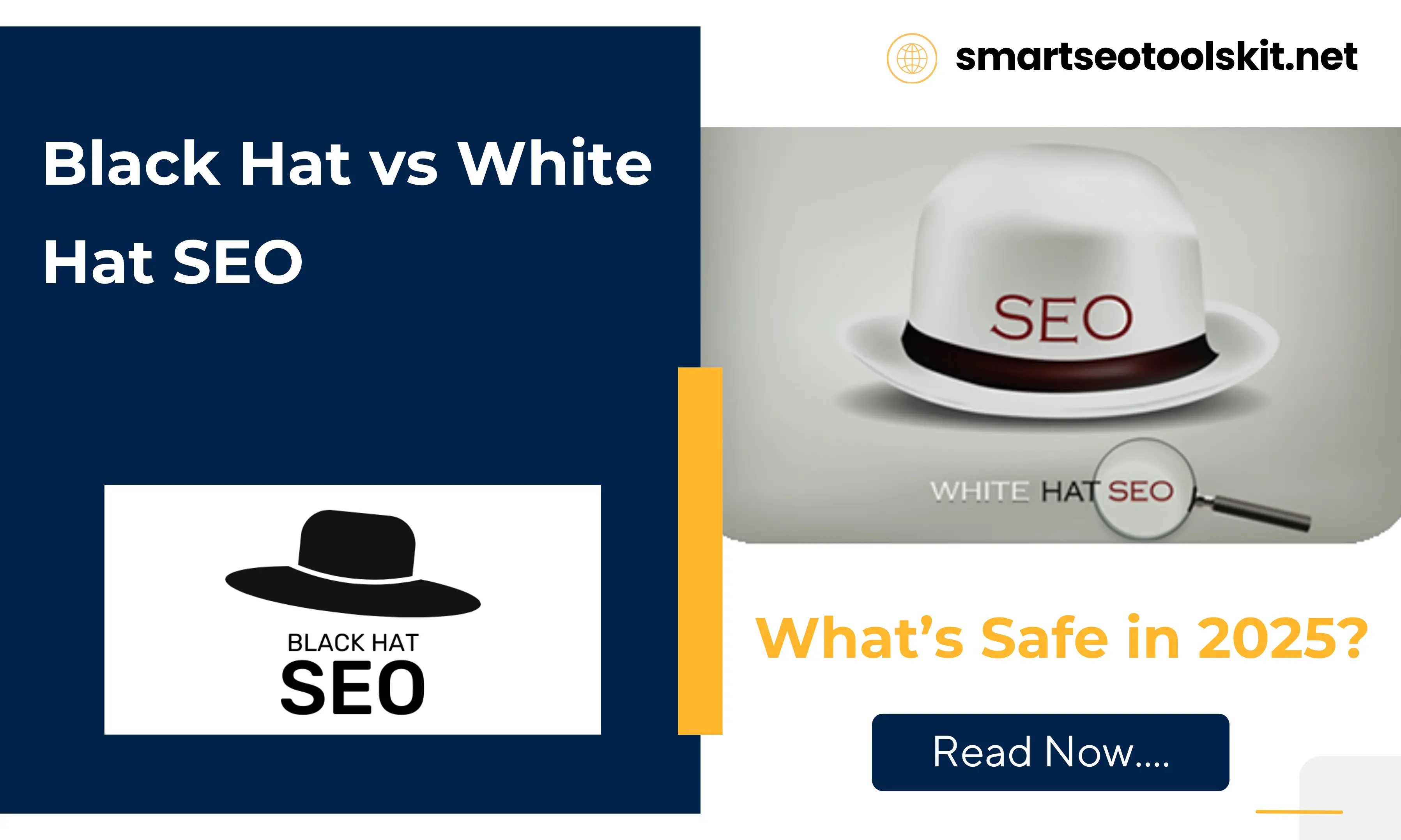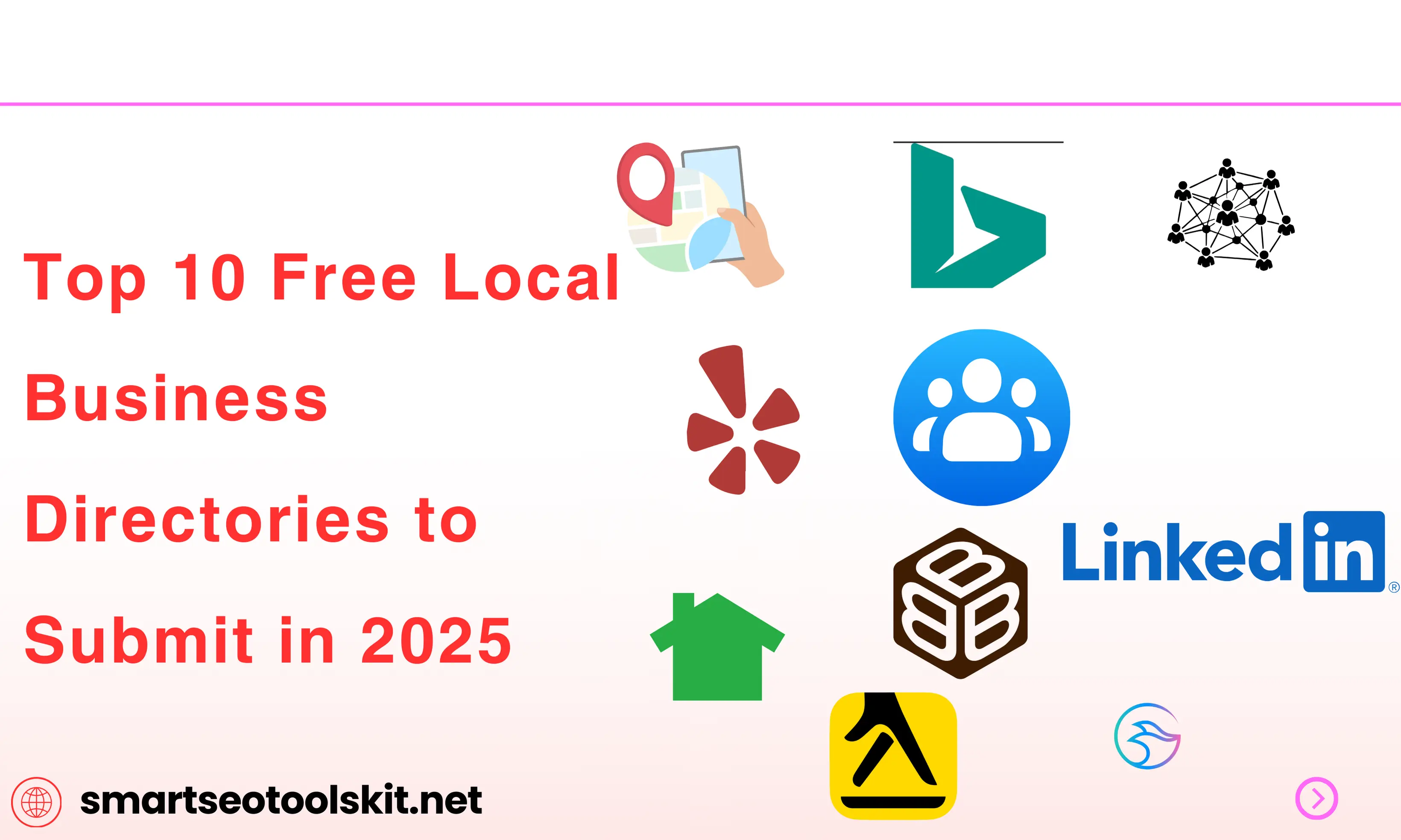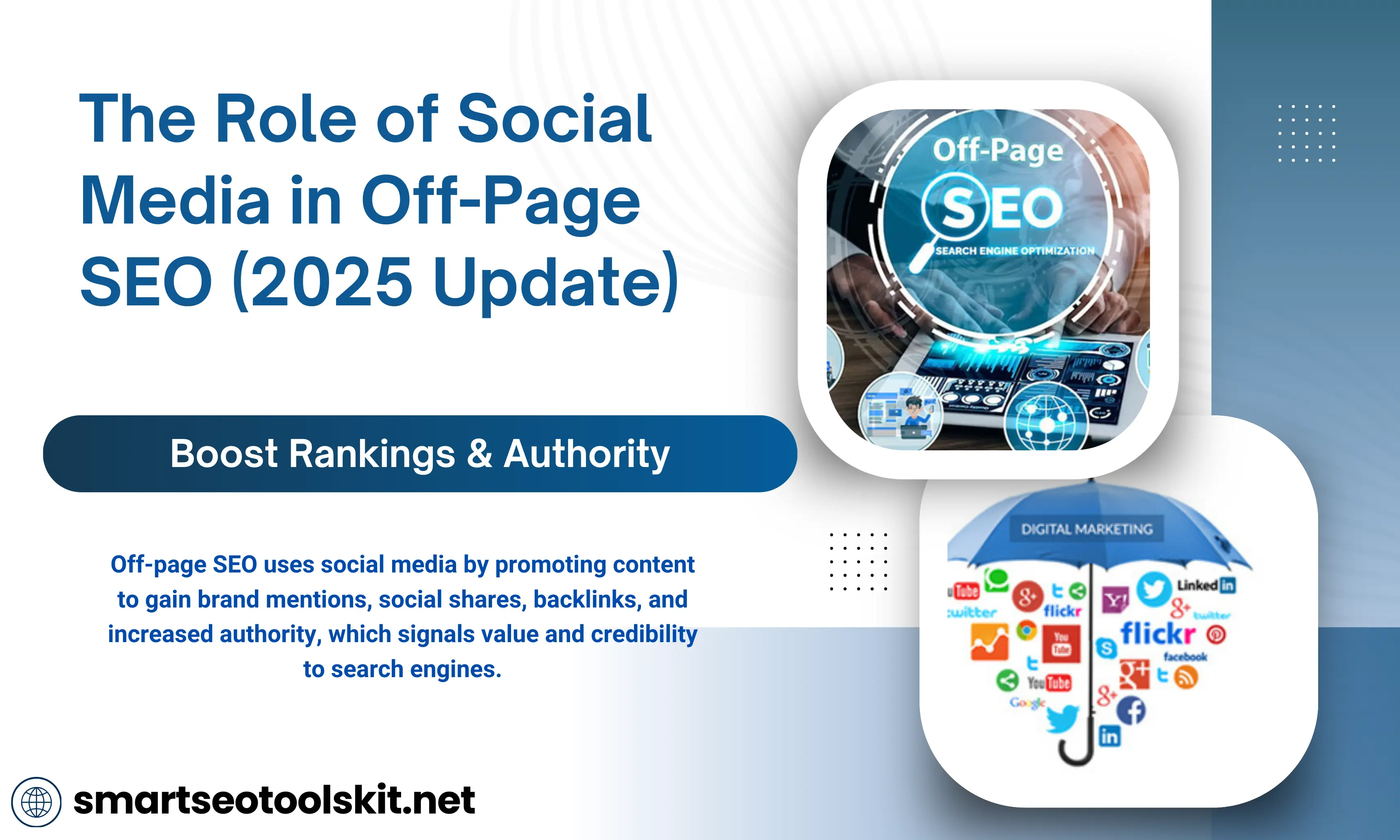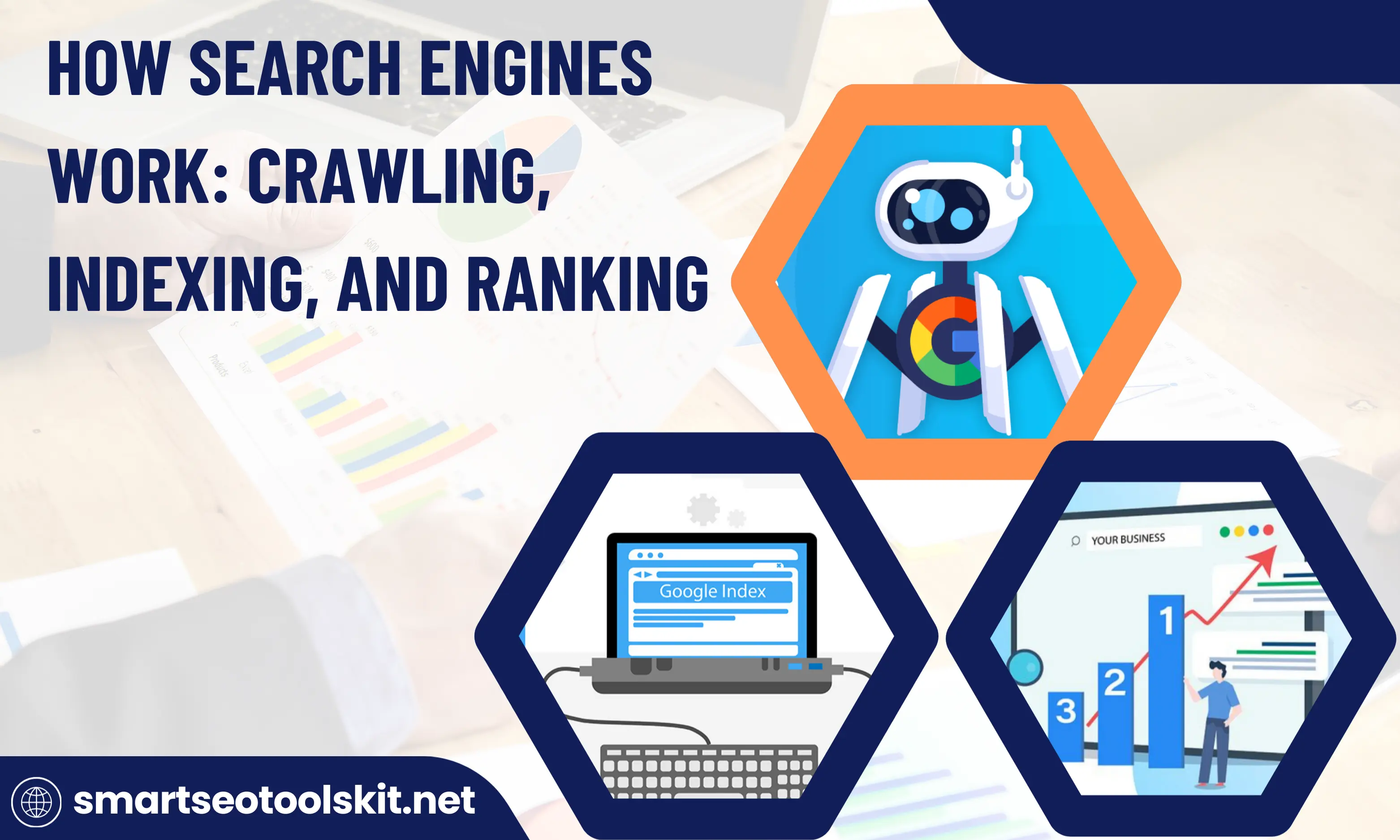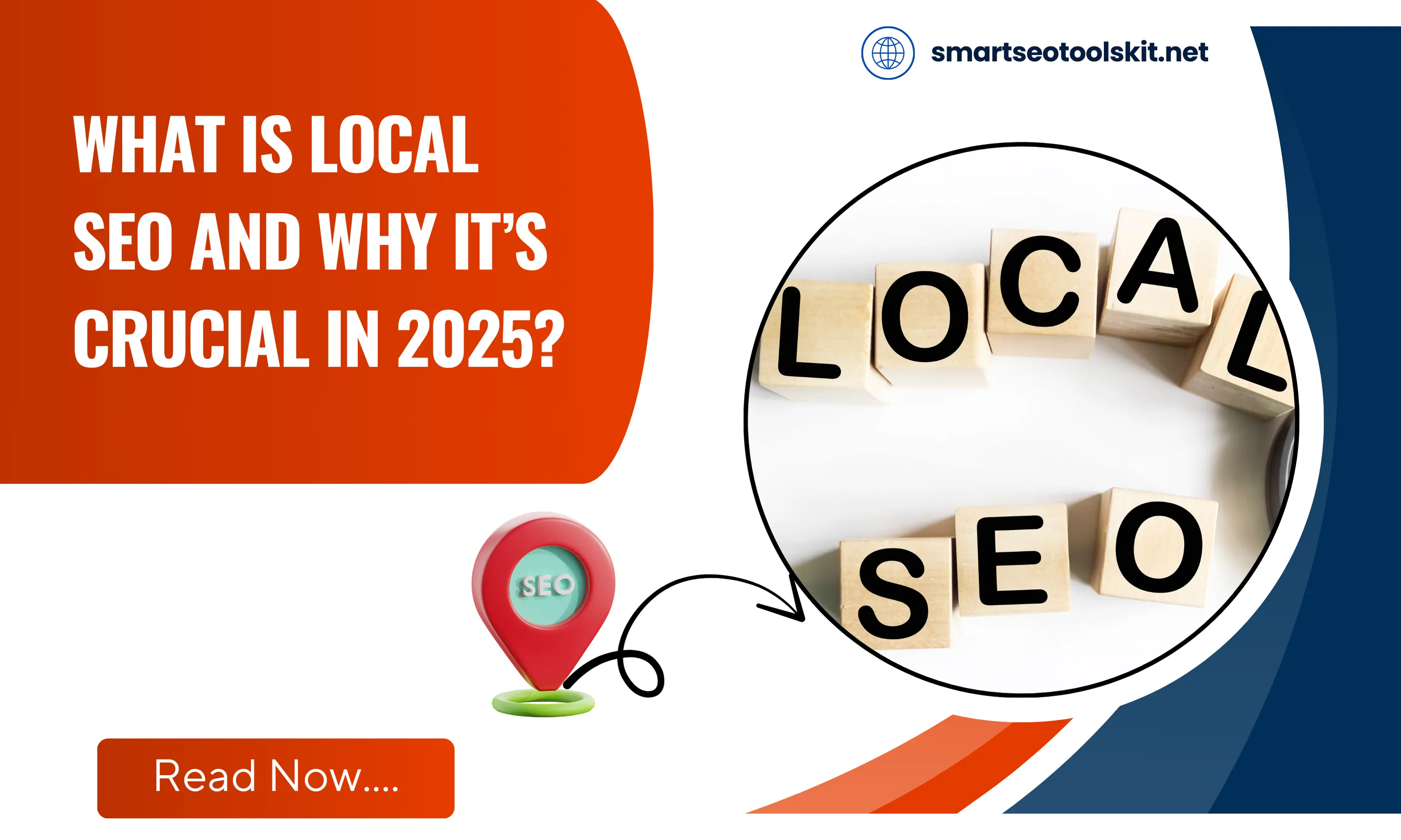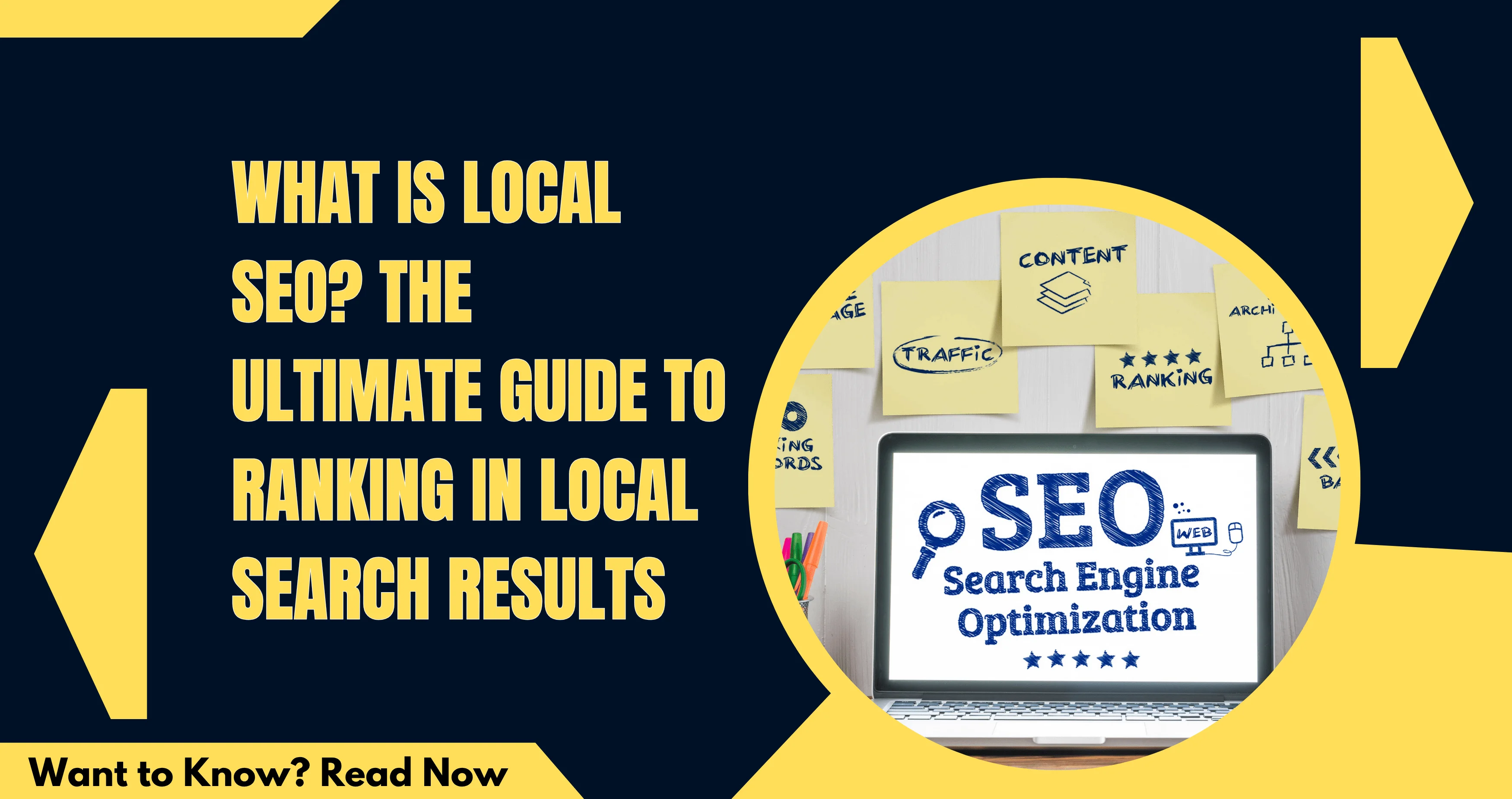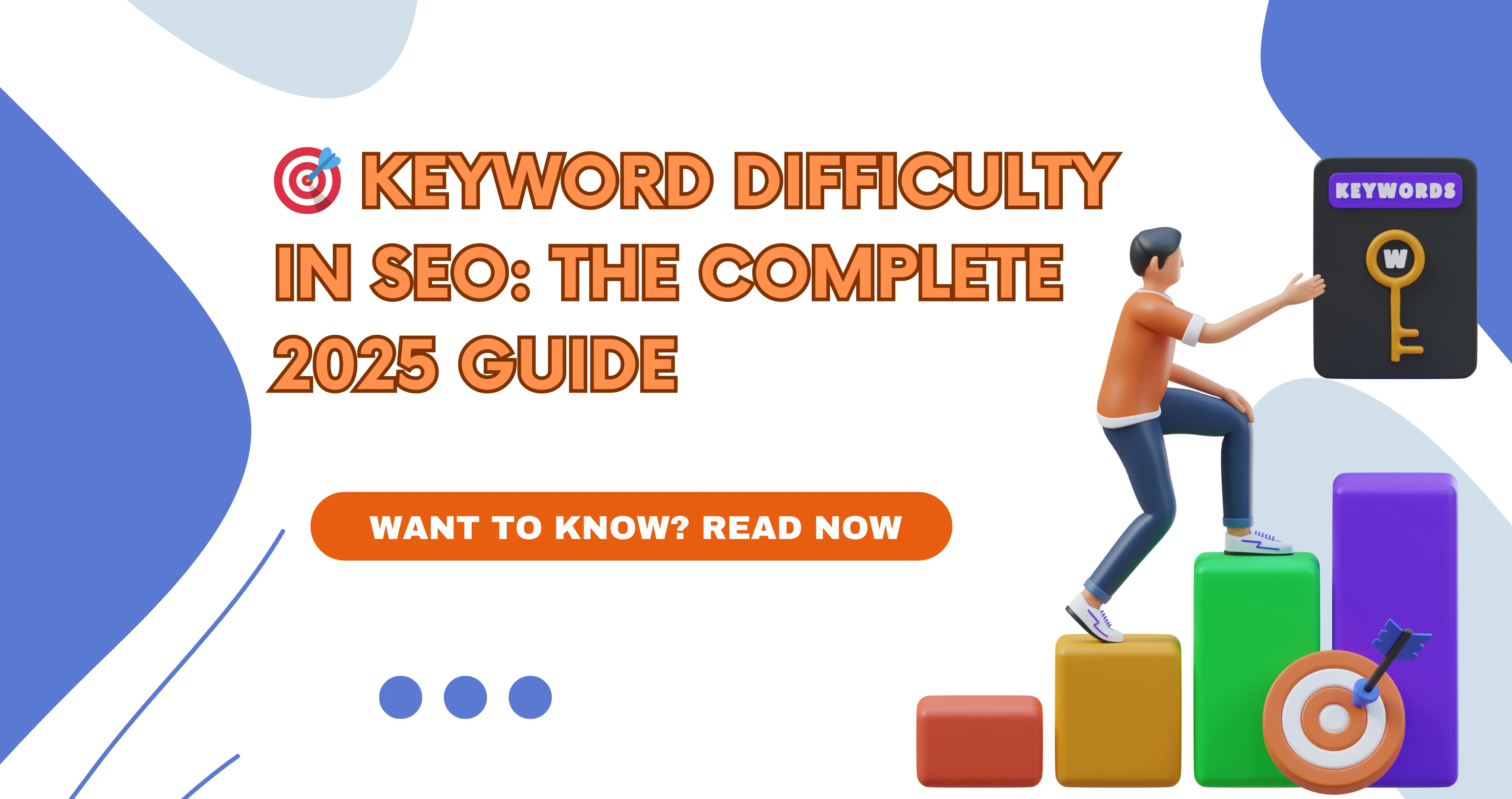Have you ever wondered why some pages rank at the top of Google while others struggle to get any traffic? When people use search engines, they have a specific goal in mind. Whether they want to learn something, find a website, compare products, or make a purchase, their reason for searching is called search intent.
You could write the most detailed, well-researched article, but if it doesn’t match what users actually want, Google won’t rank it high.
In this guide, you’ll learn:
✔️ What search intent is and why it matters
✔️ The four types of search intent
✔️ How to identify search intent for your keywords
✔️ Ways to optimize your content to rank higher
Let’s get started! 🚀
What is Search Intent?
Search intent (also called user intent) is the reason behind a Google search. When someone types a query, they have a specific goal in mind. Some people want to learn something, others are looking for a website, and some are ready to buy.
For example, if someone searches for “best DSLR cameras under ₹90000”, their intent is to compare products before making a purchase. But if they search “buy Canon EOS 90D online," they’re likely ready to purchase right now.
Search engines like Google analyze millions of searches to understand what users want. If your content matches the intent of a keyword, your chances of ranking increase significantly.
Google’s goal is simple: to provide the best possible answer. If your content aligns with what users expect, you’ll rank higher.
Why Search Intent Matters for SEO?
If you don’t align your content with search intent, you won’t rank—no matter how many keywords you add. Google uses intent matching to filter results, ensuring users find what they need quickly and efficiently.
Here’s why search intent is crucial for SEO:
✅ Better rankings – Google prioritizes content that satisfies user intent.
✅ Higher engagement – Matching intent means lower bounce rates.
✅ More conversions – Users find what they need and take action.
✅ Improved user experience – Intent-based content keeps users satisfied.
By understanding what users are looking for, you can create content that truly delivers—leading to better rankings, more traffic, and higher conversion rates.
Types of Search Intent (With Examples & Strategies)
Google categorizes searches into four main types of intent. Let’s break them down:
1️⃣ Informational Intent (Learning Something)
People with informational intent want to learn about a topic, concept, or process. They are not looking to buy anything yet—they just need useful, clear, and well-structured information.
✔ Examples:
- "How does email marketing work?"
- "What is search engine optimization?"
- "Symptoms of Vitamin D deficiency"
🎯 What Google ranks:
- Blog posts
- How-to guides
- Wikipedia pages
- Educational videos
📌 How to optimize for informational intent:
- Write detailed, well-researched content.
- Use easy-to-read formatting (headings, bullet points, and images).
- Answer related questions to improve ranking in featured snippets.
2️⃣ Navigational Intent (Looking for a Specific Website)
Users with navigational intent already know what they want—they’re searching for a brand, product, or service website. These searches are common when users don’t want to type a full URL.
✔ Examples:
- "Facebook login page"
- "Nike official website"
- "RankMath SEO plugin download"
🎯 What Google ranks:
- Official brand websites
- Login pages
- Business listings
📌 How to optimize for navigational intent:
- Optimize your homepage with clear branding.
- Use structured data (schema markup) for better visibility.
- Ensure your website ranks for your brand name.
3️⃣ Transactional Intent (Ready to Buy)
Users with transactional intent are ready to make a purchase immediately. They might be searching for product pages, deals, or a checkout link.
✔ Examples:
- "Buy iPhone 15 Pro Max online"
- "Cheap flight tickets to New York"
- "Discount on Nike running shoes"
🎯 What Google ranks:
- Product pages
- eCommerce websites
- Paid ads
📌 How to optimize for transactional intent:
- Create high-converting landing pages.
- Use clear product descriptions and CTAs (Buy Now, Add to Cart).
- Add trust signals like customer reviews and guarantees.
4️⃣ Commercial Intent (Research Before Buying)
People with commercial intent are close to making a decision but need more information before they buy. They often search for comparisons, reviews, or rankings.
✔ Examples:
- "Best laptops under $800"
- "Ahrefs vs SEMrush – which is better?"
- "Top 10 SEO tools for beginners"
🎯 What Google ranks:
- Comparison articles
- Product roundups
- Review blogs
📌 How to optimize for commercial intent:
- Write detailed comparison articles with pros & cons.
- Include real-world examples and expert opinions.
- Use engaging visuals like tables and infographics.
How to Identify Search Intent for Your Focus Keywords
Now that you know the different types of intent, how do you identify the intent behind your target keywords?
Here’s a simple 5-step process:
1️⃣ Analyze the Top Search Results (SERP Analysis)
Google already knows what users want—just look at the top-ranking pages for your keyword.
✔ Example: You search "best email marketing tools".
🔹 If Google shows list-style blog posts, the intent is commercial.
🔹 If it shows product pages, the intent is transactional.
📌 Actionable Tip: Match your content format to what’s already ranking.
2️⃣ Check Keyword Modifiers (Words That Indicate Intent)
Certain words in a search query hint at the intent.
✔ Informational: "how to", "what is", "best way to"
✔ Navigational: "login", "official site", "download"
✔ Transactional: "buy", "discount", "deal"
✔ Commercial: "vs", "review", "best", "top 10"
📌 Pro Tip: Use intent-driven keywords to increase relevance.
3️⃣ Use SEO Tools (Free & Paid Options)
Tools like Google Keyword Planner, Ahrefs, and SEMrush can help you analyze search intent.
✔ Google Keyword Planner → Shows commercial vs. transactional intent.
✔ Ahrefs/SEMrush → Displays SERP features & keyword difficulty.
📌 Actionable Tip: Identify high-intent keywords with low competition.
4️⃣ Analyze Google’s “People Also Ask” Section
Google’s People Also Ask (PAA) section reveals what users frequently search for related to your keyword.
📌 Actionable Tip: Answer these questions in your content to capture featured snippets.
Conclusion
Understanding search intent is a game-changer in SEO. If your content matches what users want, you’ll rank higher, get more traffic, and drive more conversions.
🚀 Next Steps:
👉 Analyze your focus keywords for search intent.
👉 Optimize your content to match Google’s top results.
👉 Keep experimenting & tracking which strategies work best.
Now, over to you—have you optimized your content for search intent before? Drop your thoughts in the comments! 💬 🚀
Frequently Asked Questions (FAQs)
Q1: What is search intent, and why is it important for SEO?
Search intent, also known as user intent, refers to the purpose behind a user's search query. It is essential for SEO because search engines like Google prioritize content that best satisfies the user's intent. If your content aligns with what users are looking for, it has a higher chance of ranking well and attracting organic traffic.
Q2: How can I determine the search intent behind a keyword?
To determine search intent, analyze the top-ranking pages for that keyword. Look at the type of content that appears—are they blog posts, product pages, or comparison articles? Also, review the language used in meta descriptions and headings. Google's search features, such as "People Also Ask" and featured snippets, can also provide insight into user intent.
Q3: What are the different types of search intent?
There are four main types of search intent that describe what users are looking for when they enter a query. Informational intent is when users are seeking knowledge or answers, such as searching "How does SEO work?" Navigational intent occurs when users want to visit a specific website, like typing "Facebook login." Transactional intent indicates that users are ready to make a purchase, as in the query "buy running shoes online." Finally, commercial investigation reflects when users are researching products or services before making a final decision, for example, "best laptops under $1000." Understanding these types helps tailor content and marketing strategies more effectively.
Q4: How does understanding search intent improve keyword research?
When you understand search intent, you can choose keywords that align with the type of content you create. This prevents keyword mismatches, reduces bounce rates, and improves user engagement. For example, targeting a transactional keyword with an informational blog post may not lead to conversions.
Q5: Can a single keyword have multiple search intents?
Yes, some keywords can have mixed search intent. For example, the keyword "best smartphones" could be informational (users looking for recommendations) or commercial (users ready to compare and buy). Checking search results helps determine the dominant intent.
.png)
